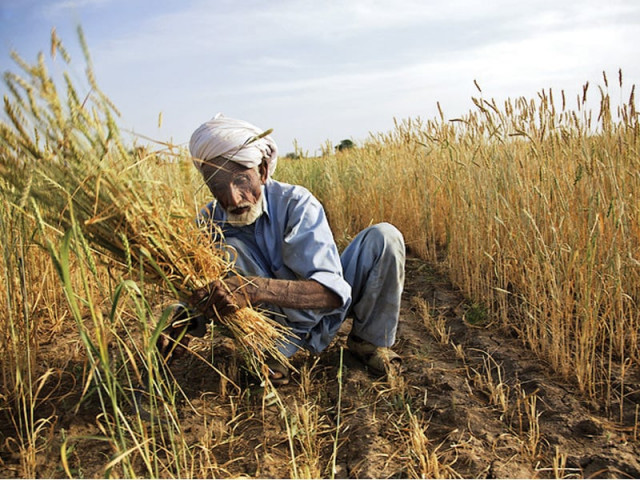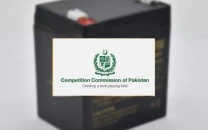Inadequate, ineffective subsidies draw criticism
Farmers call for minimising wastage and pilferage to develop agriculture.

“Notwithstanding the 320% rise in the agriculture development funding over the last four years, the fact remains that development doesn’t take place just by increasing the budgetary allocation. It happens only when proper checks and balances are in place to minimise wastage and pilferage,” said Kamran Wazir Memon, a Thatta-based grower of sugarcane, rice, cotton and wheat.
In the proposed Sindh budget for 2012-13, the government has allocated Rs13.69 billion, including the Annual Development Plan funding of Rs10.9 billion, to the agriculture sector. The amount is over three times higher than the allocation of Rs3.25 billion in 2007-08.
The budget speech of Finance Minister Murad Ali Shah on June 11 was laden with references to different subsidies being given on agriculture. In particular, he spoke of the Rs2 billion relief package for the disaster-stricken growers and the 50% subsidy on 1,000 different kinds of agriculture implements, including 400 laser levelling equipment.
“My best guess is that out of 400 laser levelling equipment, only 10% would’ve reached the intended recipients last year,” Memon said, adding most of these agriculture implements ended up in the retail market because of a lack of institutional oversight.
As for the relief package, he said it was ill-conceived and thus remained largely ineffective. “Seeds were provided under this initiative, which most of the disaster-struck growers sold onwards. The cultivation costs alone were up to Rs400,000 per acre. It didn’t occur to the government as to where the growers would get that money from.”
According to Syed Mehmood Nawaz Shah, General Secretary of Sindh Abadgar Board, a representative body of the growers of Sindh, the much-touted agriculture credit line of Rs4 billion in 2012-13 for small farmers at 7% interest rate is unlikely to create a major difference.
“Instead of providing subsidy to reduce the interest rate, the government should ensure the availability of agriculture credit. Charge up to 20% if you want, but at least make the credit available in large amounts,” he said.
Shah says that the size of the agriculture economy of the country is $50 billion, of which Sindh’s share is 30%. But out of the $3 billion agriculture credit available in the country, he says, Sindh gets just about 10%.
Aijaz Ali Khwaja, who grows sugarcane, rice and sunflower over 400 acres of family land in southern Sindh, says there is massive mismanagement in the agriculture sector. The entire bureaucracy – from a mukhtiarkar and patwaris up to the level of deputy commissioner – is corrupt to the core, he says.
“Only 15%-20% of the allocated subsidies actually reach the intended recipients. The rest is pilfered,” he claims. One of its reasons, he says, is the political elite. “MNAs and MPAs are supposed to keep tabs on the bureaucracy. The dysfunction exists in the agriculture sector because of their incompetence.”
Published in The Express Tribune, June 16th, 2012.



















COMMENTS
Comments are moderated and generally will be posted if they are on-topic and not abusive.
For more information, please see our Comments FAQ